
As manufacturers grapple with the need for innovation to keep pace with industry leaders, the evidence of progress is everywhere.
From Ford’s pioneering assembly lines in 1913 to the seismic shift toward AI-driven maintenance, robotics, and self-driving cars of 2024, this evolution paints a vibrant future for production.
As we navigate 2024-2025, seven key trends will continue to revolutionize operations, supply chains, and sustainability.
We’ll explore these critical changes shaping the future of manufacturing.
Key Notes
- Smart manufacturing enhances efficiency through IoT, AI, and real-time data analytics.
- AI in automation improves productivity and quality control while reducing human intervention.
- Industry 4.0 market is valued at USD 114.3 billion and projected to grow over 20% CAGR.
- The digital twin market is rapidly growing, driving substantial innovations in manufacturing practices.
1. Rise of Smart Manufacturing
Smart manufacturing isn’t just a trend; it’s the future of production.
By integrating advanced technologies like the Internet of Things (IoT), artificial intelligence (AI), and robotics, manufacturers can optimize their operations in ways that weren’t achievable just a few years ago.
In fact, the Industry 4.0 market was valued at USD 114.3 billion in 2023 and is anticipated to grow at a compound annual growth rate of over 20% from 2024 to 2032.
This impressive growth is driven by the escalating adoption of automated equipment and tools that significantly enhance efficiency and lower production costs.
Key Benefits
- Real-Time Data Access: With IoT technology, manufacturers enjoy a constant pulse on the production line, catching inefficiencies on the spot rather than waiting for weekly reports. Alerts for equipment wear can head off costly interruptions.
- Data-Driven Decisions: AI feeds off vast datasets, enabling manufacturers to make informed decisions quickly. This is where the competitive edge lies: informed choices based on solid data, not gut feelings.
- Increased Agility: Rapid responses to market changes ensure businesses remain relevant and can pivot effectively in response to shifting demands.
As smart manufacturing technologies continue to evolve, their integration will be critical for manufacturers aiming to thrive in an ever-evolving landscape.
2. Growth of AI in Factory Automation
AI is at the heart of modern manufacturing, driving automation and operational effectiveness.
By employing machine learning and computer vision, AI enhances performance and reduces human intervention in labor-intensive tasks.
But before any of that can happen, there’s a vital step: data labeling.
Data labeling involves tagging raw data with meaningful information to convert it into a structured format that AI can learn from. Properly labeled data plays a crucial role in powering AI applications, ensuring they function effectively in real-world scenarios.
Data labeling is essential for developing accurate AI models that can inspect products and identify defects with precision.
The Role of Data Labeling in AI
Data labeling transforms raw information into AI-ready insights, powering cutting-edge applications across industries. In manufacturing, accurate labeling enables AI systems to detect microscopic defects, streamlining quality control processes.
This foundational work is critical for allowing machine learning models to make sense of massive datasets and improve their accuracy in production environments.
Impact on Manufacturing
- Boosted Productivity: AI algorithms analyze workflows to pinpoint inefficiencies, enabling manufacturers to streamline operations. This leads to improved output and employee engagement.
- Enhanced Quality Control: Well-labeled data allows AI systems to excel at spotting defects. This precision ensures that products consistently meet customer expectations, resulting in lower return rates and higher satisfaction.
- Cost Savings: While predictive maintenance will be explored further, it’s worth noting that AI’s ability to predict equipment failures helps in reducing long-term costs by ensuring machinery operates at peak efficiency.
3. Expansion of Predictive Maintenance
Predictive maintenance is revolutionizing how manufacturers maintain equipment by shifting the focus from reactive repairs to proactive monitoring.
This data-centric strategy employs real-time analytics to anticipate equipment failures before they happen, ensuring smooth operations and less disruption.
At its core, predictive maintenance leverages data collected from sensors embedded in machinery. This enables manufacturers to make informed decisions about maintenance schedules, preventing unexpected breakdowns that can lead to costly downtime.
The Market Growth
The relevance of predictive maintenance in today’s manufacturing landscape cannot be overstated.
Currently valued at USD 10.6 billion, the global predictive maintenance market is projected to soar to USD 47.8 billion by 2029, reflecting a remarkable CAGR of 35.1% during the forecast period.
This rapid growth underscores the increasing recognition of predictive maintenance as a critical component in the quest for production efficiency.
Key Benefits
- Cost Savings: Predictive maintenance can save manufacturers up to 40% on maintenance costs by addressing potential issues before they escalate, rather than relying on costly emergency repairs.
- Enhanced Safety and Quality Assurance: This proactive approach improves equipment reliability and workplace safety while ensuring consistent product quality, thus preventing defects that can affect customer satisfaction.
4. Advanced Robotics and Automation
The rise of advanced robotics, particularly collaborative robots (cobots), is reshaping the manufacturing landscape.
While industrial robots are known for their strength, cobots are designed for safe and effective collaboration with human workers—enhancing productivity and workplace safety.
A Lesson from Tesla
Tesla continues to dominate the EV market, backed by strong brand positioning and a well-established infrastructure.
With ambitious production goals and relentless innovation, Tesla has set a high bar for the industry.
However, this success also serves as a cautionary tale for companies hesitant to adopt cutting-edge technologies.
While Detroit’s Big Three—Ford, General Motors, and Stellantis—are making strides in EV development, they are often seen as “playing catch-up” with Tesla.
This significant gap arises from their slower transition to electric vehicles and the substantial investments required to revamp manufacturing processes and integrate new technologies.
As these traditional automakers scramble to keep pace with consumer demand for EVs, the message is clear: being overly cautious about innovation can jeopardize market position and relevance.
Key Contributions of Advanced Robotics
- Increased Productivity: Cobots excel at performing repetitive tasks, allowing human workers to focus on more complex activities. This shift frees up valuable time for problem-solving and innovation, driving overall production rates higher.
- Improved Workplace Safety: With their sensitivity to human presence, cobots can operate alongside people without the need for cumbersome safety measures, minimizing workplace accidents.
- Evolving Workforce Roles: As cobots take on tedious tasks, employees are empowered to engage in more challenging work, enhancing job satisfaction and contributing to a culture of innovation.
Companies that integrate these technologies will find themselves ahead in both productivity and competitiveness, avoiding the pitfalls of falling behind.
5. Sustainable Manufacturing Practices
As manufacturers face increasing pressure from consumers to adopt eco-friendly practices, the industry is witnessing a significant shift toward sustainability.
In fact, 66% of consumers now consider sustainability in their purchasing decisions, which highlights the growing demand for responsible manufacturing practices.
What Does Sustainable Manufacturing Entail?
At its core, sustainable manufacturing focuses on reducing environmental impact while conserving natural resources.
Strategies like implementing closed-loop systems allow companies to recycle materials effectively, drastically cutting down on waste.
Envision a manufacturing facility that repurposes scrap materials instead of discarding them—this not only conserves resources but also aligns with the principles of a circular economy.
Investment in Green Technologies
Big players in manufacturing are making significant commitments to green technologies and sustainable practices.
For instance, General Electric has set an ambitious goal to reduce its greenhouse gas emissions by 50% by 2030.
This commitment is supported by initiatives that include increasing the usage of renewable energy sources and reducing waste throughout their production processes. Such actions not only benefit the environment but also enhance company reputations, attracting eco-conscious consumers.
Opportunities for Manufacturers
- Increasing recognition of sustainability’s importance among companies is leading to broader adoption of eco-friendly practices across the manufacturing industry.
- Manufacturers embracing sustainability position themselves favorably in a competitive marketplace.
- Committing to sustainable practices allows manufacturers to positively impact their communities.
- Sustainable practices contribute to the health of the planet and promote environmental responsibility.
6. Digital Twin Technology
Digital twin technology is revolutionizing the future of manufacturing by creating virtual replicas of physical objects and processes.
These digital counterparts enable manufacturers to utilize data analytics for real-time performance monitoring and operational optimization, making them indispensable tools in this rapidly evolving industry.
Key Role in Manufacturing
- Operational Efficiency: Digital twins provide real-time insights that enable manufacturers to quickly identify and resolve issues, ensuring seamless production and minimizing disruptions.
- Predictive Maintenance: By simulating equipment behavior, digital twins enhance maintenance strategies, allowing timely interventions that prevent costly downtimes and protect productivity.
- Accelerated Product Development: Digital twins streamline design iterations, significantly reducing product development cycles and enabling faster time-to-market for innovative products.
- Resource Optimization: Digital twins identify inefficiencies in energy and resource usage, promoting smarter management practices that enhance efficiency and support sustainability goals.
As digital twin technology increasingly integrates with IoT and AI, manufacturers gain enhanced visibility and advanced analytics capabilities.
This powerful convergence enables better decision-making and strategic planning, positioning businesses to not just keep pace with change but to thrive in an ever-evolving marketplace.
7. Resilience in Supply Chain Management
Supply chain resilience has become essential.
Recent global events—including US-China trade tensions, the COVID-19 pandemic, and the Russia-Ukraine conflict—have exposed vulnerabilities within traditional supply chains.
To ensure operational continuity, manufacturers must develop strategies that prepare them for, respond to, and recover from unforeseen challenges.
Real-World Impact: The Tesla Production Delay
A recent incident involving Tesla illustrates the critical need for resilient supply chains. When attacks on shipping routes in the Red Sea led to significant delays, Tesla had to temporarily halt production at its Berlin factory for two weeks.
This pause was projected to result in the loss of 5,000 to 7,000 vehicles, demonstrating how external geopolitical factors can severely impact manufacturing output.
This situation underscores the necessity for manufacturers to be adaptive and proactive in their supply chain strategies. As the Tesla example shows, trends in manufacturing are influenced by events beyond the industry’s control, necessitating change and innovation.
Key Takeaways for Manufacturers
Enhanced Risk Management
Manufacturers must closely examine their supply chains for vulnerabilities to protect against disruptions.
Regular risk assessments can highlight weak points and help implement more robust strategies.
Shift Towards Local Sourcing
Manufacturers are increasingly opting for local or regional suppliers to enhance agility, reduce lead times, and cut transportation costs.
By sourcing materials closer to home, they can respond more quickly to market demands and mitigate risks associated with global supply chains.
This shift is not only a strategic response to recent disruptions but also a long-term trend as companies seek more control and flexibility in their operations.
As manufacturers prioritize reshoring or nearshoring, they position themselves to build more resilient supply chains that are better equipped to handle future challenges.
Continuous Improvement
Manufacturers need to foster a culture of continuous improvement to remain competitive.
This involves evaluating every stage of the manufacturing process and adapting to changes in consumer demand, market trends, and external factors.
Frequently Asked Questions
What role does technology play in modern manufacturing?
Technology plays a crucial role in modern manufacturing by enhancing efficiency, driving automation, and enabling real-time data analysis. This integration allows manufacturers to optimize operations and stay competitive in a rapidly evolving market.
How can companies improve their production processes?
Companies can improve their production processes by adopting advanced technologies, implementing proactive maintenance strategies, and fostering a culture of continuous improvement. These actions help streamline operations and reduce waste, significantly boosting overall productivity.
Why is sourcing materials locally important for manufacturers?
Sourcing materials locally is important for manufacturers because it reduces lead times, minimizes transportation costs, and enhances flexibility in adapting to market demands. This approach also helps mitigate risks associated with global supply chain disruptions.
Conclusion
As we march towards 2025, the manufacturing industry stands at a critical crossroads.
The rise of smart manufacturing, powered by IoT and AI, is reshaping productivity and quality, while predictive maintenance ensures operations run seamlessly.
With a significant shift towards local sourcing, manufacturers are increasingly nimble in response to market demands. The growing influence of digital twin technology highlights the necessity of harnessing data for operational optimization.
In this rapidly changing environment, the question looms: which side of history will you be on?
Will you be an early adopter leading the charge toward innovation or a laggard risking obsolescence? The future is yours to shape—commit to these trends, keep innovating, and ensure your business thrives.
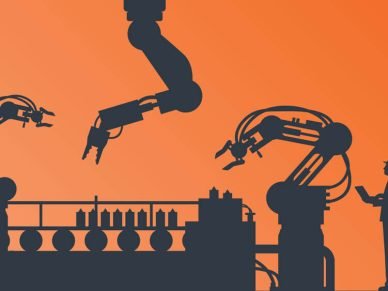
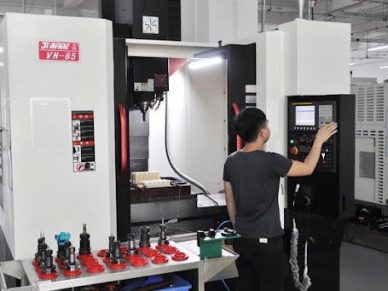
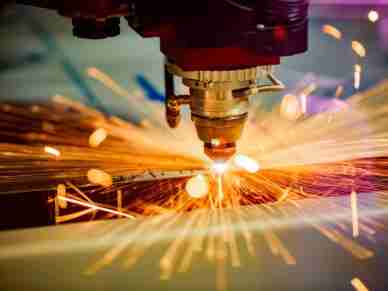
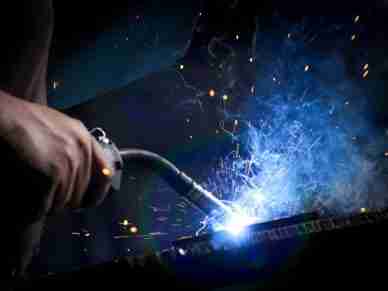
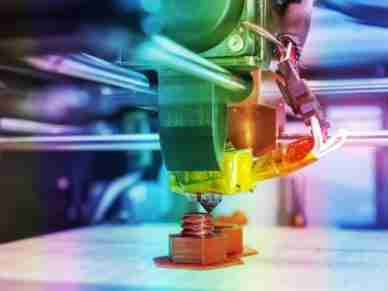
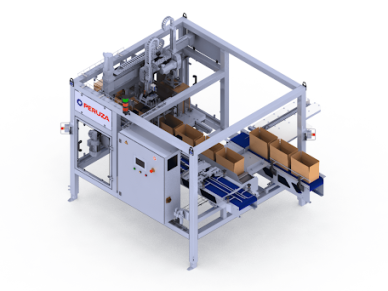
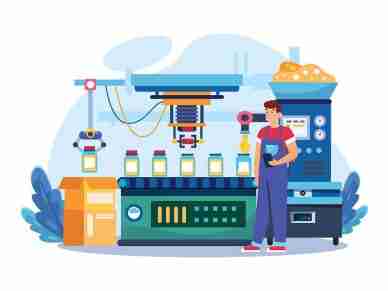
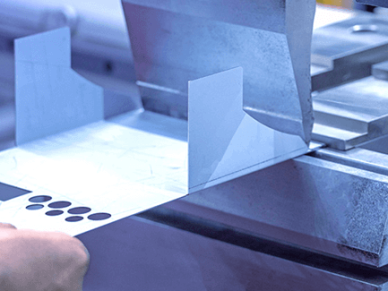
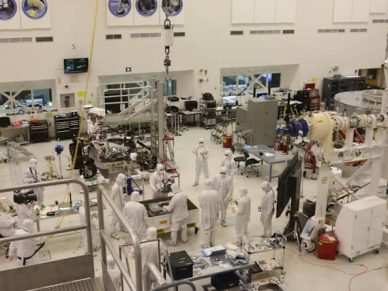





Leave a Reply